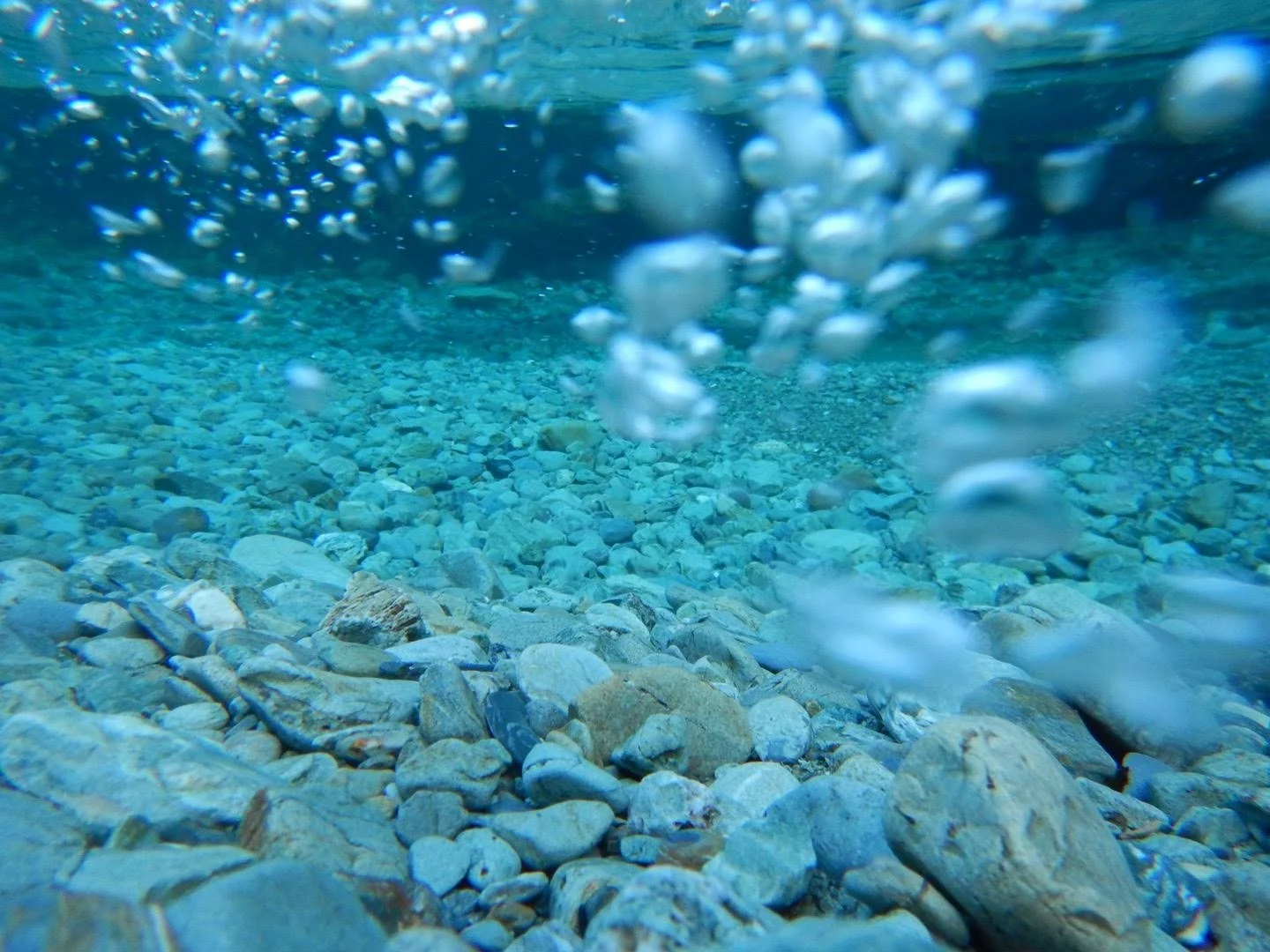There’s nothing wrong with going back to the basics.
Carbon versus carbon emissions? Climate change versus global warming? We’re the first to admit, the world of carbon footprints and carbon offsets can be pretty confusing. Click through these terms to find an explanation of some of the basic concepts behind our important environmental work
+ Carbon
A naturally-occuring chemical element, like oxygen. Carbon is found in all living things and is known as the basis for life on Earth.
+ Carbon Cycle
The process in which carbon atoms move through the earth, plants, animals, oceans, and the atmosphere.
+ Carbon Emissions
A release of carbon dioxide into the atmosphere. This generally means the same thing as the terms greenhouse gases and/or pollution.
+ Carbon Footprint
A representation of the total greenhouse gases caused by a person, event, organization, product, or activity. We measure carbon footprints in metric tons of carbon dioxide equivalents (tCO2e).
+ Carbon Footprint Scopes
Carbon footprints can be organized into three scopes. Scope 1 and 2 cover utility consumption (and how that is generated) as well as company travel. Scope 3 emissions span everything else, including your company’s supply chain.
While you’re able to control some of the actions you take with scope 1 emissions (by performing energy upgrades, traveling less, etc), scope 3 actions can be a little more out of your control.
+ Carbon Offsets
An action to compensate for carbon emissions in the atmosphere either by removing emissions directly (think trees taking in CO2) or preventing them from being emitted in the first place (think about the carbon savings from changing inefficient light bulbs to LEDs).
As humans who naturally breathe out carbon emissions, we’ll never achieve a zero carbon footprint on our own, so carbon offsets bridge the gap between a small carbon footprint and carbon neutrality.
+ Carbon Neutrality
When carbon emissions / greenhouse gases / pollution have been balanced by an equivalent amount of carbon savings. Achieving carbon neutrality is a way to take responsibility for your impact by supporting positive environmental work.
+ Climate Change
A long-term change in the Earth’s climate. Climate change effects vary based on location and conditions. Climate change is a natural process but is primarily driven by human activities.
+ Global Warming
The average increase in Earth’s global surface temperature. Global warming is one way Earth’s climates are changing.
+ Greenhouse Gases
Gases in the Earth’s atmosphere that trap heat just like a greenhouse does for plants.
SCHEDULE A FREE CONSULTATION
Getting to know your carbon footprint is the first step towards carbon neutrality.

